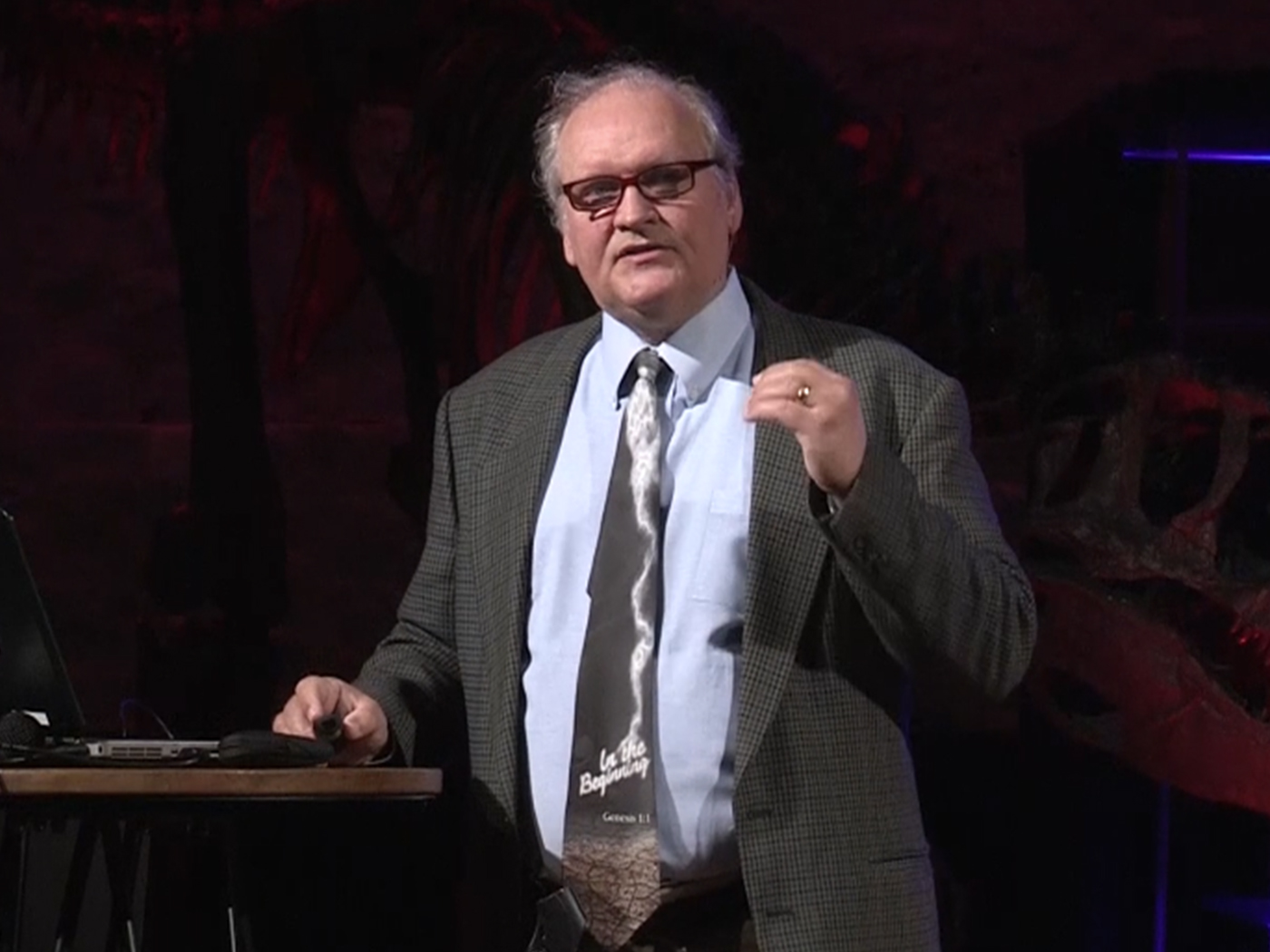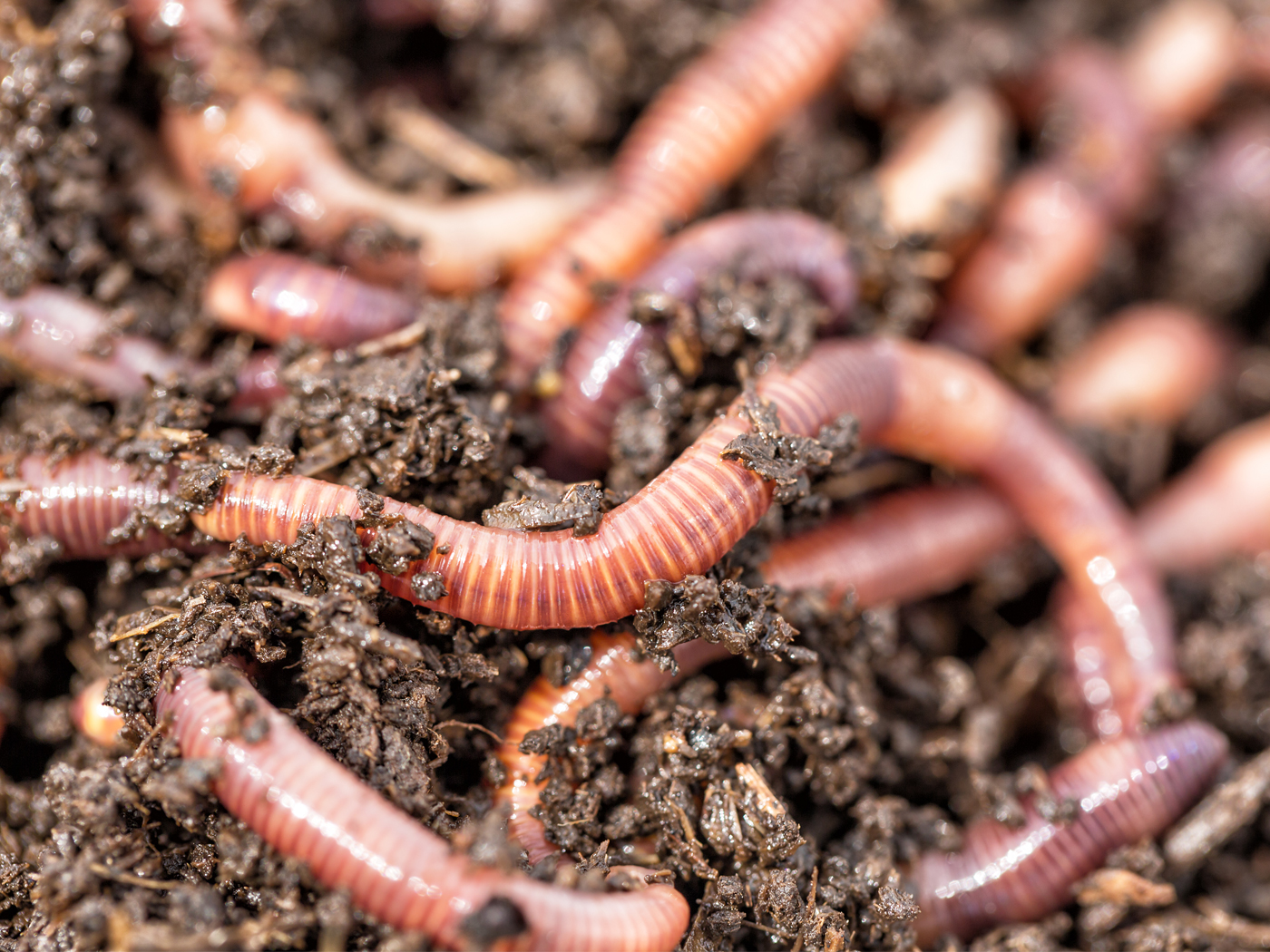Every year brings new scientific discoveries that shed light on the past. The Institute for Creation Research is dedicated to the study of origins from a biblical perspective, and ICR News has compiled what we consider to be the top 4 findings related to origin studies from the stories we reported in 2009. The previous installment featured paleontology. This one examines biological evolution, and will be followed by geological and cosmological breakthroughs.
Evolutionists Doubt Their Own Darwinism
In the mid-1800s, Charles Darwin drew a tree-like sketch as a model for how he believed living organisms had evolved from one form to another. A later incarnation of this “tree of life” diagram became a powerful icon to represent big-picture evolution, but the many “trees” of evolutionary progression in use today are in constant conflict. Those based on analyses of variants of one protein conflict with those based on another protein, even for the same organisms. Evolutionary trees based on one gene conflict with those built from other proteins. And neither the proteins nor the genes agree with trees drawn from fossil data.
It is so messy that one evolutionary biologist concluded, “It’s not a tree any more, it’s a different topology entirely.”1 And the new topology—a pattern drawn from the data rather than imposed on it—indicates that creatures are mosaics of fully formed and integrated features, which matches the interpretation that life is the result of special creation.2
Not only do the experts doubt the validity of Darwinian “trees,” but several disagree with the standard mechanism used to explain how evolution occurs. Neo-Darwinian theory holds that evolution proceeds by the natural selection of slightly different mutant individuals over eons. But the lack of observable support for this concept has forced more scientists to doubt it. Thus, an alternative mechanism for molecules-to-man evolution was proposed in several areas, and it holds that new life forms resulted when freak hybridizations occurred between two unrelated kinds. A retired marine biologist named this new mechanism—which was subsequently refuted by other evolutionary researchers — “hybridogenesis.”3
Some paleontologists suggested a similar idea. They thought that another kind of hybridization, involving “rapid, modular evolution,” could better account for the mosaic of features found in a new type of pterosaur, rather than trying to explain them according to the standard assumptions of slow and gradual evolution.4 However, like hybridogenesis, there is no empirical evidence to support the idea that any such process has ever occurred, much less resulted in new life forms.
The implications of a 2009 genetics study also significantly challenged traditional Darwinian views. Mutations were introduced to a common protein to move it “backward” through its supposed transitional stages. What the researchers discovered is that none of these stages were functional. In the study, specific DNA alterations showed that only certain gene products have any biological activity.5 This meant that in order for them to evolve, entire sequences of specific alterations would have to be made at once, and this is so unlikely that it defies any chance-based origin.
How, then, could the known gene products ever have arrived by chance-based DNA alterations at all? In other words, since science shows that evolution cannot go backward, what is there other than sheer faith in nature to back up the belief that evolution ever went forward in the first place?6
Despite widespread claims that big-picture evolution is “fact,” neither observations nor demonstrations of it are evident. And if life did not evolve, the remaining option is that it arrived through the agency of special creation.
References
- Lawton, G. 2009. Why Darwin was wrong about the tree of life. New Scientist. 2692: 34-39.
- Thomas, B. Darwin’s Evolutionary Tree ‘Annihilated.’ ICR News. Posted on icr.org February 3, 2009.
- Thomas, B. Caterpillar Controversy Discloses Deep Evolutionary Disagreement. ICR News. Posted on icr.org November 5, 2009, reporting on research published in Williamson, D. I. Caterpillars evolved from onychophorans by hybridogenesis. Proceedings of the National Academy of Sciences. Published online before print August 28, 2009; and Matson, J. 2009. Controversial caterpillar-evolution study formally rebutted. Scientific American. Posted on scientificamerican.com October 29, 2009.
- Thomas, B. New Pterosaur Fossil Forces Re-think of Standard Evolution. ICR News. Posted on icr.org October 21, 2009, reporting research published in Lü, J. et al. 2009. Evidence for modular evolution in a long-tailed pterosaur with a pterodactyloid skull. Proceedings of the Royal Society B. Published online before print October 14, 2009.
- Bridgham, J. T., E. A. Ortlund, E. A. and J. W. Thornton. 2009. An epistatic ratchet constrains the direction of glucocorticoid receptor evolution. Nature. 461 (7263): 515-519.
- Thomas, B. Irreversible Complexity—Evolution Loses Another Round. ICR News. Posted on icr.org December 16, 2009.
* Mr. Thomas is Science Writer at the Institute for Creation Research.
Article posted on January 6, 2010.













